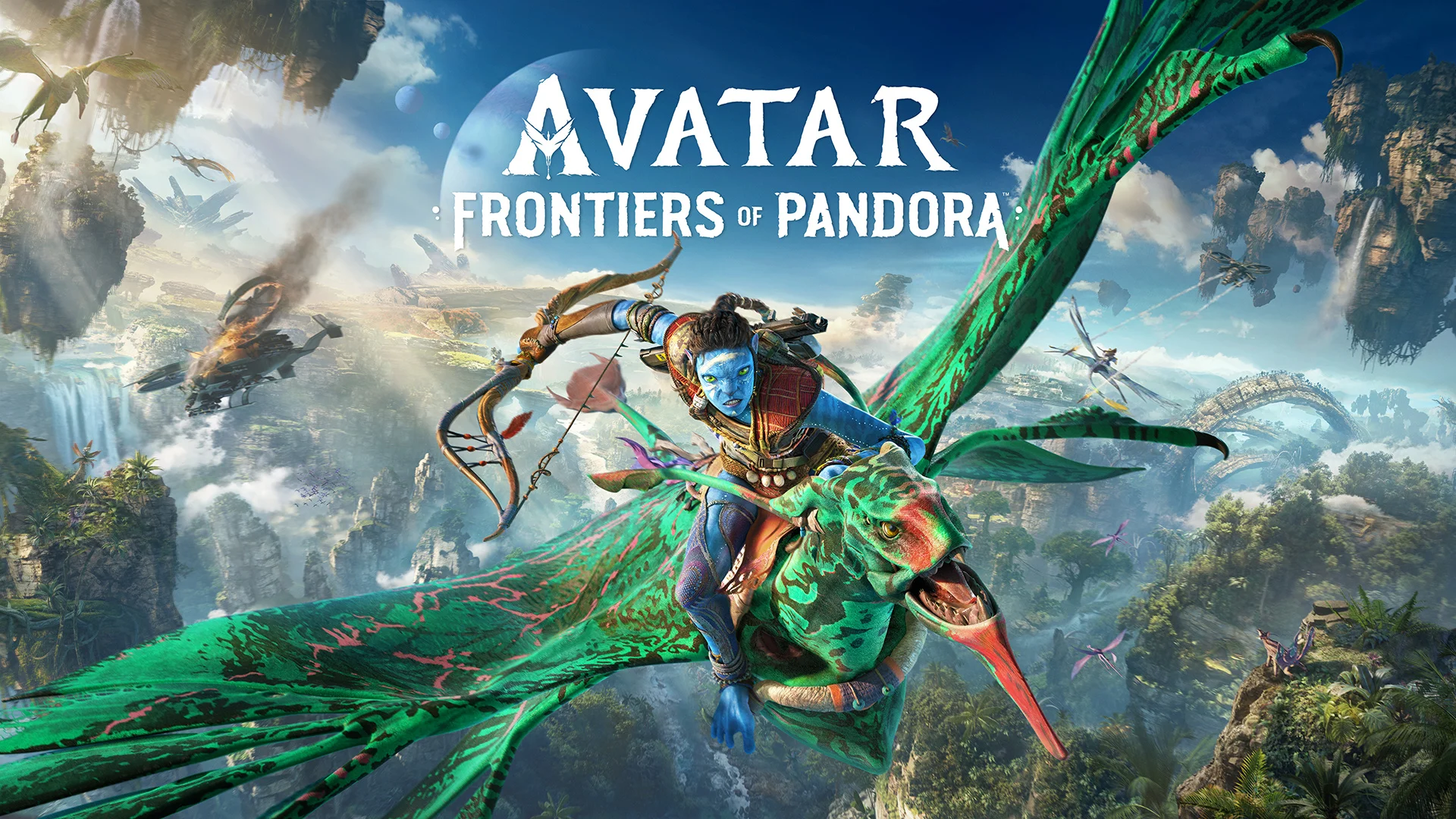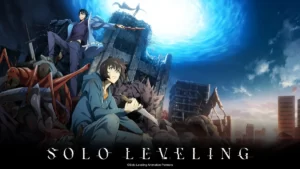Apart from conforming to the typical Ubisoft open-world style, Avatar: Frontiers of Pandora falls short of capturing the essence of what makes Avatar truly exceptional.
Whether it is due to the less-than-stellar reception of the initial official tie-in game or the prolonged absence of James Cameron’s franchise from the spotlight, it is evident that the Avatar intellectual property is ripe for a new video game adaptation. The potential for an exceptional game set on Pandora is evident. Fast forward to 2023, and Ubisoft takes the ambitious step with Avatar: Frontiers of Pandora, aiming to breathe life into Pandora and provide James Cameron’s blockbuster franchise with a monumental video game rendition. Regrettably, Avatar: Frontiers of Pandora not only misses its mark but also manages to face a rather spectacular embarrassment.
Rather than adding significant value to the intellectual property or incorporating Avatar: Frontiers of Pandora environmental themes in a meaningful way, Avatar: Frontiers of Pandora reduces them to mere checklist items, adhering to the tired Ubisoft open-world formula. This approach leaves little for fans of the franchise to savor and even less for those hoping for an evolution beyond the Far Cry 3 paradigm. Despite its visually striking aesthetics, the gameplay becomes monotonous, and the game lacks a substantial message. Avatar: Frontiers of Pandora feels less like the game Cameron’s films warrant and more like a theme park ride that overstays its welcome far too quickly.
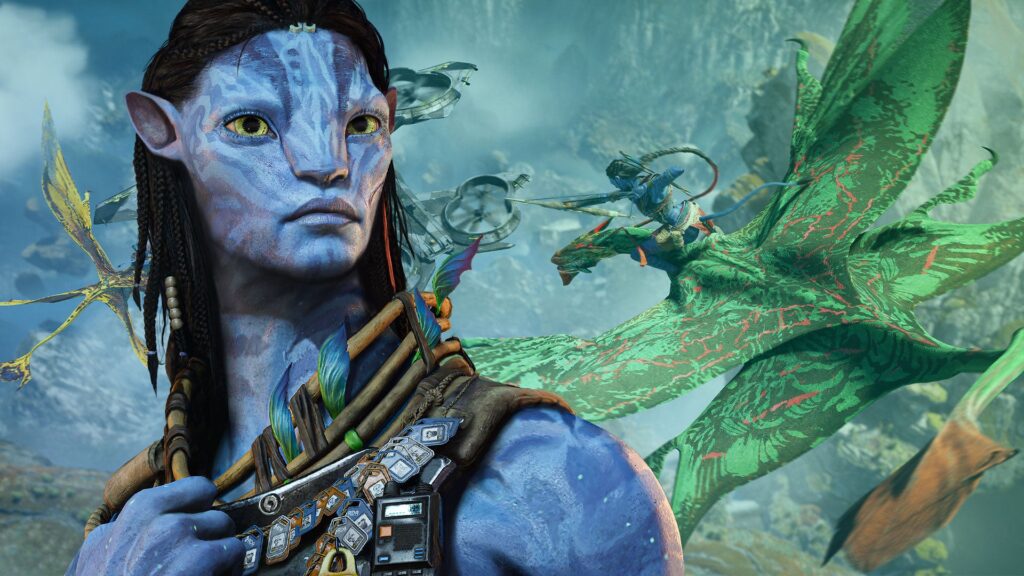
Acknowledging commendable efforts, Massive Entertainment has crafted a visually stunning rendition of Pandora, showcasing meticulous detail in everything from the rainforest’s smallest flora to the grandeur of the floating mountains that seamlessly pierce through Pandora’s misty layer. The pinnacle moments in Avatar: Frontiers of Pandora arise when players can simply revel in the breathtakingly realized moon planet. The game’s visual prowess is both impressive and daunting, underscoring the significant effort invested in its creation. For those who appreciate Frontiers of Pandora purely on a visual level, Avatar: Frontiers of Pandora offers a plethora of sights and experiences. However, the game’s spectacular visuals, encountered as players depart from the opening RDA base, serve as a mere indicator that its successes are purely superficial. Early on, it becomes evident that Frontiers of Pandora is a shallow rehash of familiar tropes.
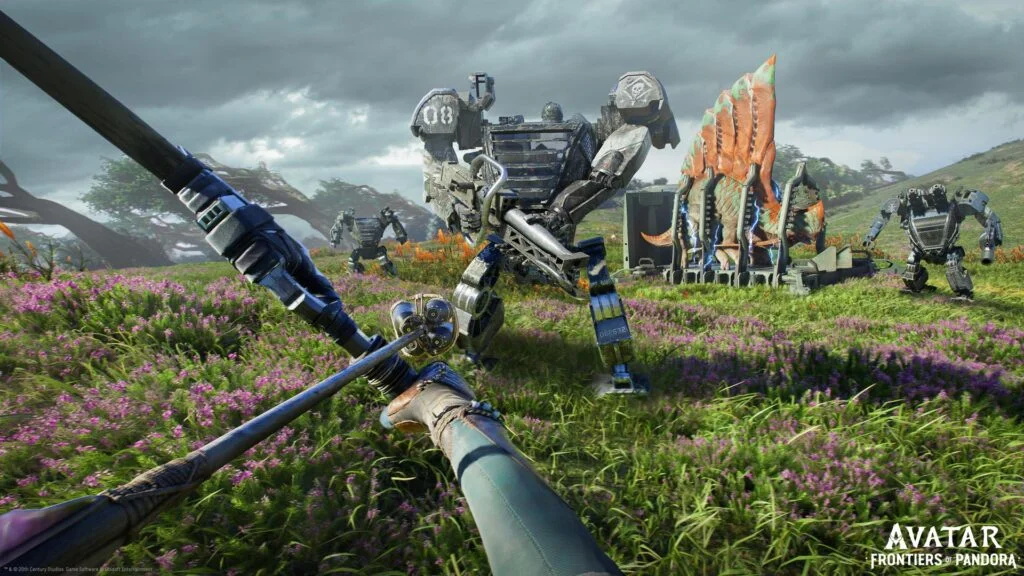
The game falters significantly in two crucial aspects—gameplay and story—both of which come across as either generic or tedious, and at times, even both. Despite initial hopes for a departure from the typical Ubisoft formula with a non-Ubisoft IP, Avatar: Frontiers of Pandora ends up adhering to the same well-trodden path as the publisher’s Far Cry games over the years. Familiar elements like liberating bases to unlock new map regions and progressing through skill trees with points as the main system are prevalent in Frontiers of Pandora. Unfortunately, the gameplay designers missed an opportunity to infuse the Avatar IP’s environmental themes with substance, reducing them to the mundane task of destroying RDA gas refineries that supposedly tarnish Pandora with soot. It appears that incorporating a “Base Destruction” element into the game was deemed essential within this style, and that’s precisely what was delivered.
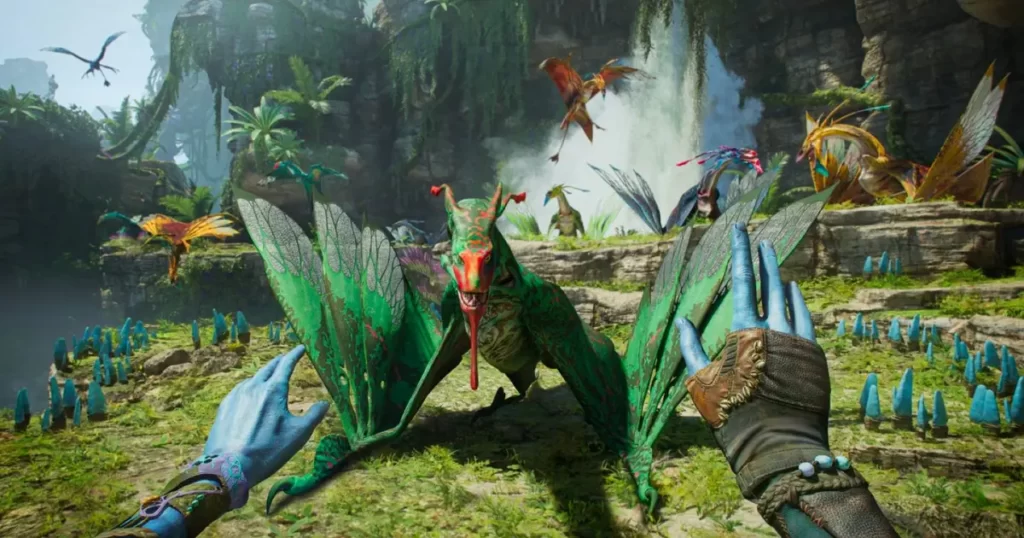
In terms of combat, Frontiers of Pandora experiences a significant dearth of meaningful progression, leading to early stagnation in enemy variety. While Cameron’s films didn’t introduce distinctive villains within the RDA context, the concept of copy-and-paste grunts aligned with the movie’s narrative. These generic soldiers symbolize the exploitative presence of the RDA, essentially acting as faceless drones in the machinery of industry. Similar to the movies, Frontiers features two primary types of RDA enemies: foot soldiers and those in mechs. Occasional appearances of RDA helicopters and hostile leonopteryx add variety to the map, occasionally challenging players during their exploration of the exquisitely realized Pandora. However, these encounters pale in comparison to the predominant enemy types that players contend with throughout the game. While the commitment to authenticity is commendable, it falls short in the long run, as these combat scenarios lose their allure once players become familiar with handling both enemy types.
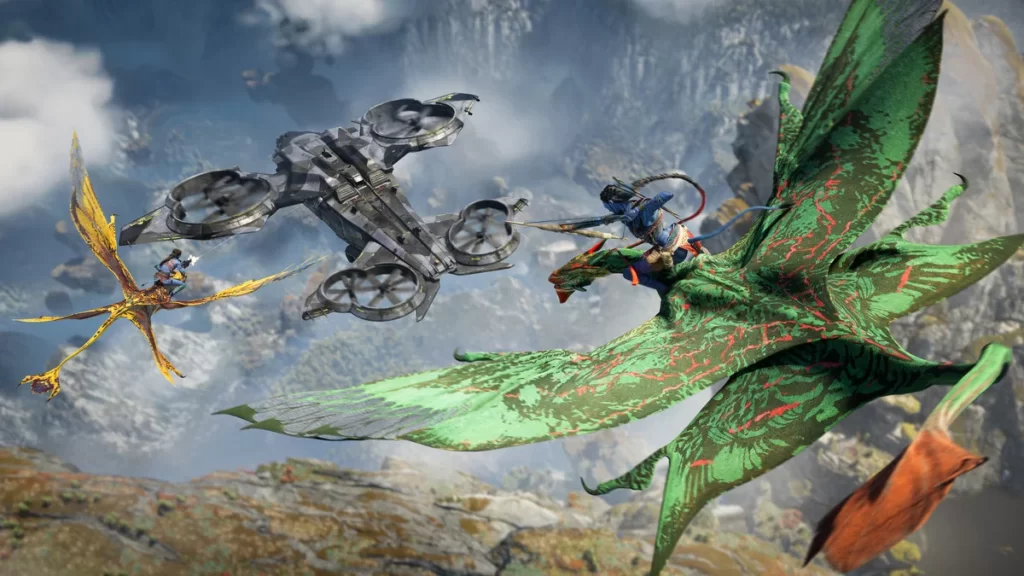
The remaining aspects of the game revolve around an unremarkable cycle of gear crafting and resource gathering, driven by the main story’s requirements. Avatar: Frontiers of Pandora gameplay loop hinges on gear scores and level-gating, and this framework significantly dampens the gaming experience. The game’s crafted beautiful moments, such as the first-time players ride an Ikran or a Direhorse, lose their significance when players realize they must procure new resources to craft gear continually, just to relive those fleeting moments attempting to capture the same sense of bravado as the movies. This perpetual soft-locking out of main story missions abruptly halts the game’s momentum each time, inevitably disrupting the pacing of the narrative.
The situation wouldn’t be as problematic if the gathering and crafting mechanics were straightforward. After all, improving items and crafting superior gear is a fundamental aspect of many contemporary open-world games. However, creating valuable gear in Frontiers of Pandora entails tracking down specific resources from particular flora or animals and relying on RNG to provide a favorable material rarity upon harvest, enhancing the gear score. Essentially, the longevity of a player’s gear is determined by sheer luck until they have to repeat the process. The challenge is exacerbated by the scarcity of many of these resources in comparison to the vastness of the world, making the constant material hunt increasingly tedious. Ultimately, it feels like a mechanism to artificially extend playtime and content in a game struggling to define its purpose.
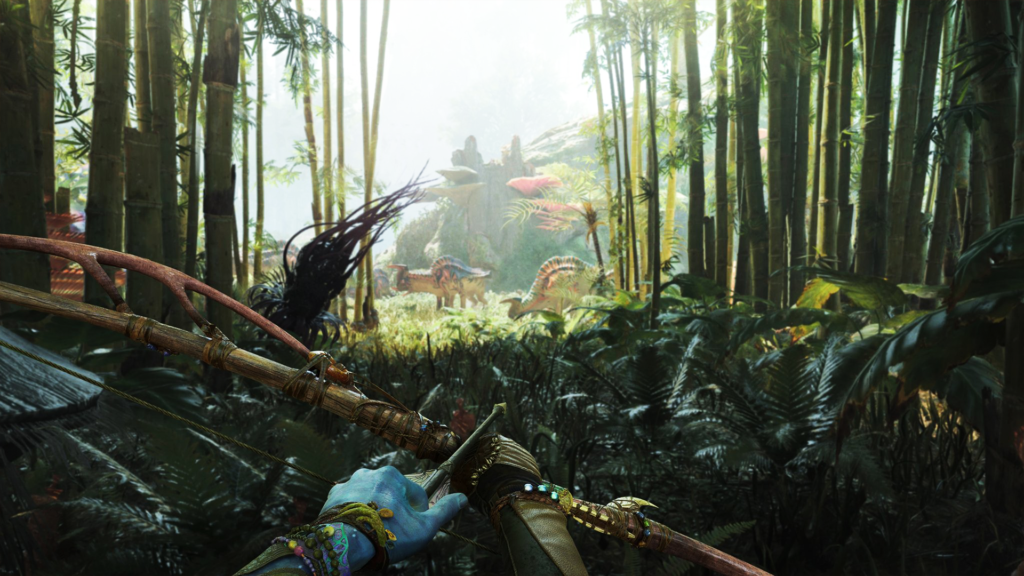
The lack of clear direction is glaring, especially in how Avatar: Frontiers of Pandora gear and level systems seem haphazardly pieced together, appearing entirely arbitrary. Frequently, investing in seemingly inconspicuous skills, such as the entire resource-gathering skill tree, is deemed sufficient for player advancement and readiness for the next story mission, despite the player’s combat effectiveness remaining unchanged—arguably the crucial aspect in the game. Gathering more fruits and vegetables doesn’t offer significant defense against a rocket to the face, but as long as the numerical value is increasing, the game deems the player prepared. The specifics of the game’s systems are poorly defined, turning the gameplay loop into a mindless and sometimes pointless endeavor to elevate every metric in the game. Interestingly, every RDA grunt succumbs to a single hit from the basic short bow, yet the game insists it is under-leveled without any need for adjustment. It’s all about inflating stats for the sake of stat-boosting. Unfortunately, the main story does little to provide a compelling reason to persist in this mindless pursuit.
Also Read: Zelda Tears of the Kingdom Review
